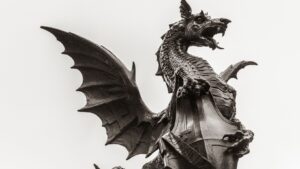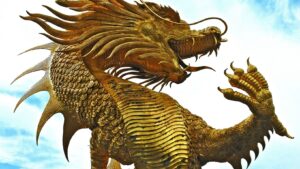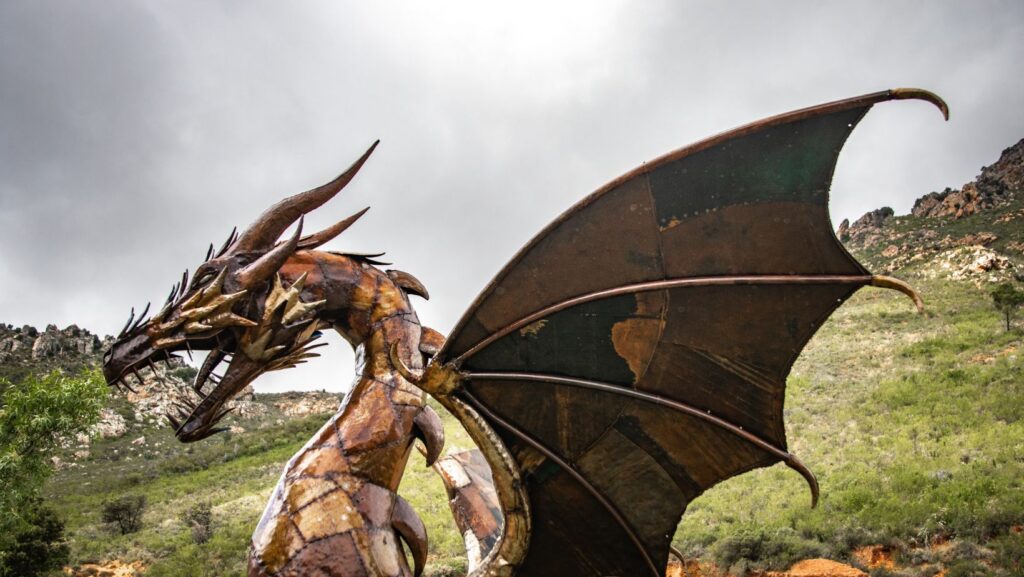Cute:xp4y985jsd4= Dragon
In a world where mythical creatures often evoke awe and fear, the idea of a cute dragon flips the script entirely. These enchanting beings,  with their sparkling eyes and playful demeanor, have captured the hearts of many. From animated films to plush toys, cute dragons have become a beloved trope that blends fantasy with a touch of whimsy.
with their sparkling eyes and playful demeanor, have captured the hearts of many. From animated films to plush toys, cute dragons have become a beloved trope that blends fantasy with a touch of whimsy.
The charm of cute dragons lies in their ability to bridge the gap between the mythical and the approachable. Unlike their fierce and fiery counterparts, these dragons bring a sense of joy and wonder, inviting people of all ages to explore the magic of imagination. Whether they’re soaring through the skies or curling up for a nap, cute dragons inspire creativity and a sense of adventure.
As interest in these adorable creatures grows, they continue to influence popular culture, art, and storytelling. Cute dragons are more than just a trend—they’re a testament to the enduring power of fantasy.
Overview Of Cute Dragons
Cute dragons, distinguished by their whimsical charm and affability, have transformed the traditional dragon archetype. These captivating creatures often feature exaggerated facial expressions, bright colors, and diminutive sizes. Their design emphasizes innocence and  mischief, appealing to all age groups.
mischief, appealing to all age groups.
In media, cute dragons appear prominently in animated films like “How to Train Your Dragon”, where they captivate audiences with their friendliness. Their presence extends to plush toys, where their soft textures and vibrant hues make them popular collectibles. The character Toothless exemplifies the cute dragon archetype with its playful demeanor and expressive eyes.
The influence of cute dragons spans creative fields. In art, they inspire whimsical illustrations that blend fantasy with approachable visuals. Storytelling often uses them to introduce themes of friendship and loyalty, offering narratives that diverge from the typical fearsome dragon tales. This shift underscores their role in redefining mythical beings while maintaining allure and relevance across different platforms and mediums.
Characteristics Of Cute Dragons
Cute dragons present a unique blend of appealing traits and delightful features that distinguish them from their more fearsome counterparts. These traits captivate audiences, establishing cute dragons as beloved entities in various forms of media.
Physical Features
Cute dragons typically possess rounded, soft bodies that enhance their charm. Small size and large eyes create an endearing appearance. Bright colors like turquoise, pink, and lilac add playfulness. Tail tips and wings are often oversized, contributing to their whimsical look. Scales are smooth, reflecting a gentle texture suitable for plush toys.
Personality Traits
Cute dragons exhibit playful and curious personalities that resonate with audiences. They often display friendliness and a mischievous streak, inviting engagement and affection. Loyalty is another defining trait, fostering themes of friendship. Their animated expressions convey emotions clearly, making storytelling with them engaging and relatable.
Popular Cute Dragon Characters
Cute dragons have charmed audiences in various media forms. They bring life to animation, movies, literature, and comics with their delightful appearances and personalities.
Animation And Movies
In animation and movies, cute dragons captivate viewers with their endearing traits. Toothless from “How to Train Your Dragon” is a prime example, known for his loyalty and mischievousness. His sleek design, expressive face, and bond with his human friend highlight traditional themes of friendship and adventure. Other notable examples include Sisu from “Raya and the Last Dragon,” a playful aquatic dragon who embodies unity and hope, and Mushu from Disney’s “Mulan,” whose comedic antics and small stature contrast with typical dragon fierceness.
Literature And Comics
 In literature and comics, cute dragons enrich stories with their whimsical presence. Temeraire from Naomi Novik’s series offers a unique twist with a dragon who engages in intellectual discussions and exhibits strong emotional bonds. In children’s literature, Puff the Magic Dragon presents an allegorical tale of childhood innocence paired with enchanting visuals, expanding the dragon’s image beyond mere fantasy. Comics like “Dragon Tales” portray dragons as friendly and educational, teaching lessons about cooperation and empathy.
In literature and comics, cute dragons enrich stories with their whimsical presence. Temeraire from Naomi Novik’s series offers a unique twist with a dragon who engages in intellectual discussions and exhibits strong emotional bonds. In children’s literature, Puff the Magic Dragon presents an allegorical tale of childhood innocence paired with enchanting visuals, expanding the dragon’s image beyond mere fantasy. Comics like “Dragon Tales” portray dragons as friendly and educational, teaching lessons about cooperation and empathy.
Cute dragons have redefined the traditional image of dragons by infusing them with charm and whimsy. Their presence in media and merchandise highlights their universal appeal and ability to connect with audiences of all ages.



